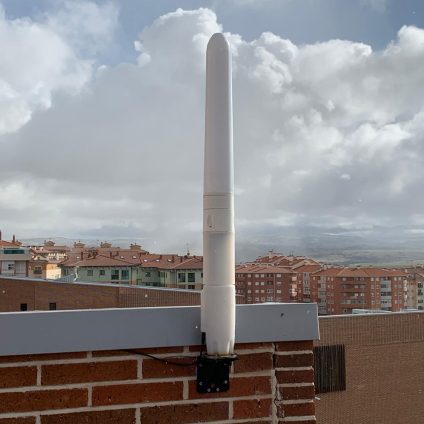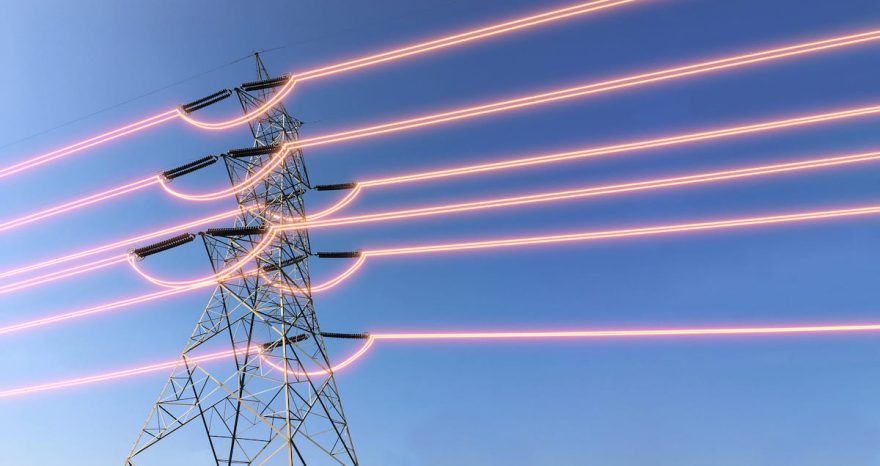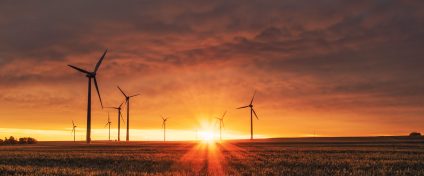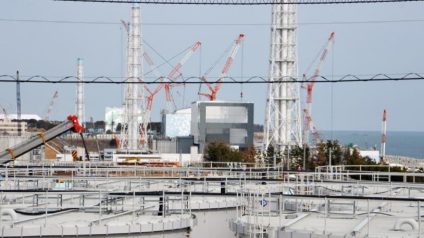Computational simulations revealed that an optimal design, specifically an 80 cm shaft with a 65 cm diameter, maximizes power output while preserving structural integrity.
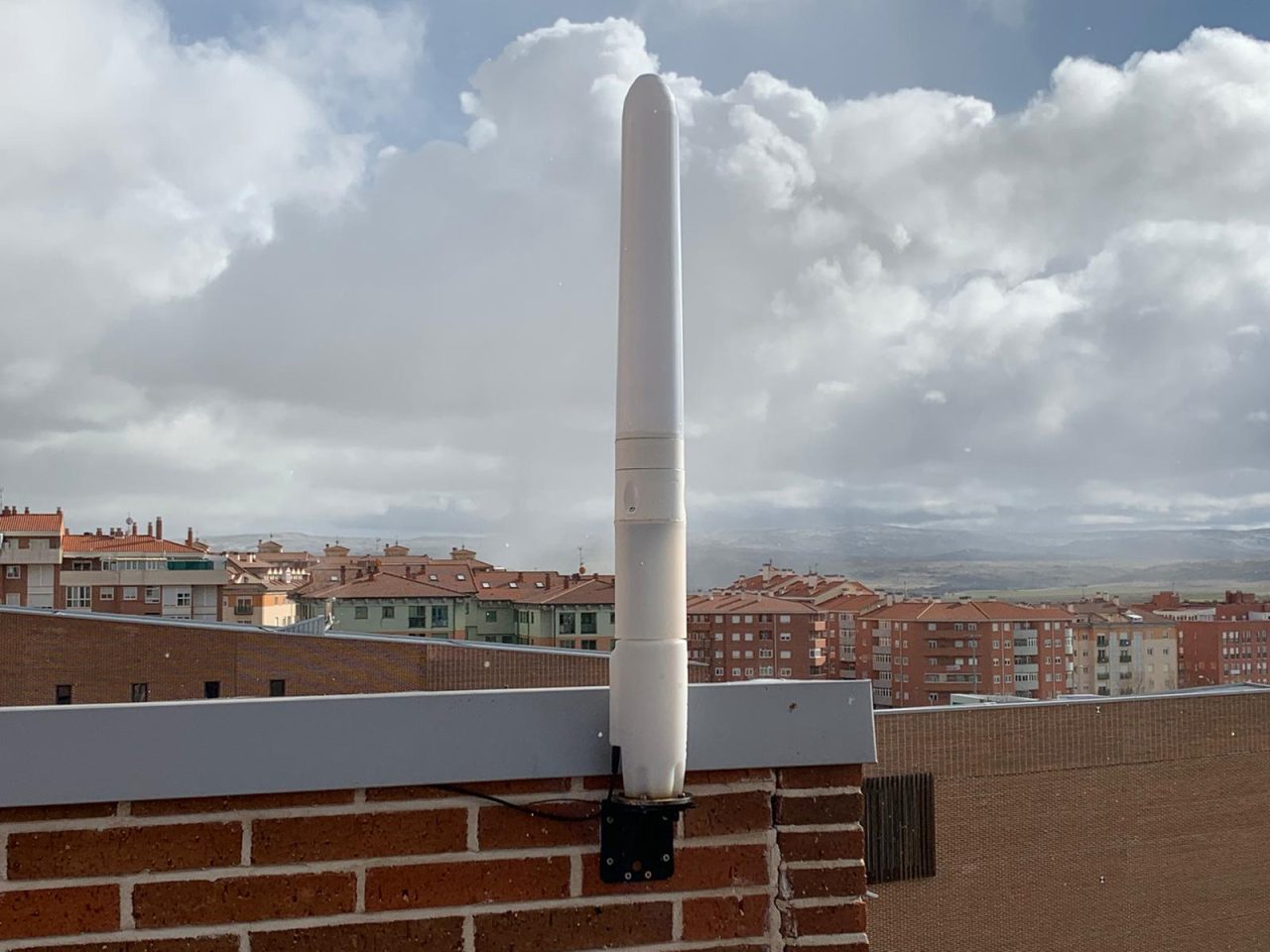
Aeroelastic energy harvesting: the latest in bladeless wind turbine research
Bladeless wind turbines, designed to harness energy from vibrations rather than spinning blades, hold great promise for small-scale clean electricity production. But maximizing power output without compromising structural integrity has remained a major challenge.
Now, a team of engineers at the University of Glasgow (Scotland) has used computational modeling to map a path toward greater efficiency. Their research explored a broad range of design geometries, analyzing their impact on energy generation, operational efficiency, and mechanical stability.
“What this study shows for the first time,” explains Dr. Wrik Mallik, co-author of the paper published in Renewable Energy, “is that the most energy-efficient design is not the one that produces the most power. Instead, we identified a sweet spot in the design space that allows bladeless wind turbines to generate substantial energy while preserving structural resilience.”
What are bladeless wind turbines, and how do they work?
Bladeless wind turbines, or BWTs, operate using a phenomenon called vortex-induced vibration, bypassing the need for traditional spinning blades.
Here’s how it works: as wind flows around a blunt cylindrical body, it creates alternating vortices on either side of the structure. When the frequency of these vortices matches the natural resonant frequency of the cylinder, the structure begins to oscillate. These vibrations are then converted into electricity, usually through an alternator.
Industry studies show that increasing the amplitude of these oscillations expands the turbine’s wind speed capture range. As a result, designing bladeless turbines to vibrate more broadly can simultaneously boost both power output and operational flexibility.
Why choose bladeless wind energy?
One of the most immediate advantages is lower maintenance. With no blades, gears, or rotating components, BWTs are less prone to wear and mechanical failure. They’re also quieter, a key benefit in residential or urban environments, where traditional turbines often face noise-related opposition.
Another advantage is form factor. These turbines are compact and space-efficient, allowing for denser installations where space is limited.
However, efforts to commercialize BWTs have mostly remained at small-scale output levels (between 1 and 100 watts). At higher power levels, the vibrations involved can risk damaging the structure.
Toward 460-watt bladeless wind turbines
The Glasgow research team found a way to scale up power without sacrificing structural integrity.
They ran simulations on thousands of design variants, modeling how different configurations of the turbine’s shaft would perform under wind speeds between 20 and 68 mph (32–110 km/h). The result? A new understanding of how shaft dimensions, power output, and structural safety interact.
Their key finding is the identification of an optimal design point: a shaft 80 cm tall with a diameter of 65 cm. This configuration can safely deliver up to 460 watts of peak power, far exceeding the best-performing BWT prototypes to date.
Interestingly, the researchers also showed that some designs might theoretically produce as much as 600 watts. But under real-world conditions, those models would likely fail due to mechanical stress.


